*IS* built in. Curses!
Online virtual job interview tips from dress code to body language
Acing that virtual interview
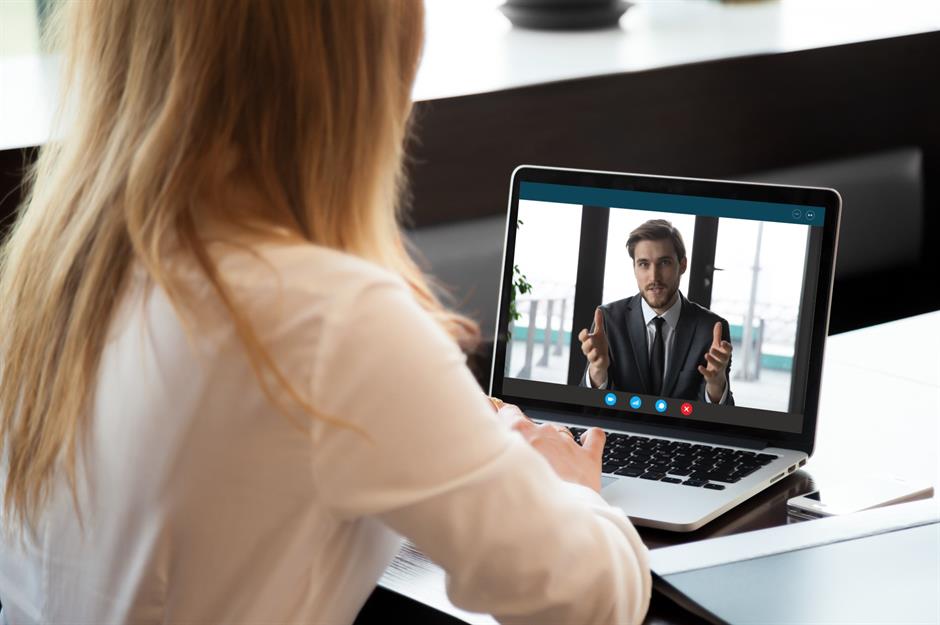
With many people still working from home, virtual online job interviews have become companies’ go-to for recruiting remotely. And they pose new challenges in terms of impressing potential employers: a solid handshake and a confident walk are now redundant in this new world, but there are plenty of tips and tricks for coming across well on a screen. We spoke to internationally-renowned body language expert India Ford – founder of talkbodylanguage – about how you can give yourself a competitive edge and the best chance at acing that virtual interview. Click or scroll through to read her tips.
Looking the part

It takes an interviewer a mere seven seconds to decide whether or not they want to hire you, so dressing to impress is crucial in making the right impression. But how can your clothes project traits that an employer wants to see in a potential new hire if you’re not actually meeting face to face?
Tip: Dress as if for a face-to-face interview
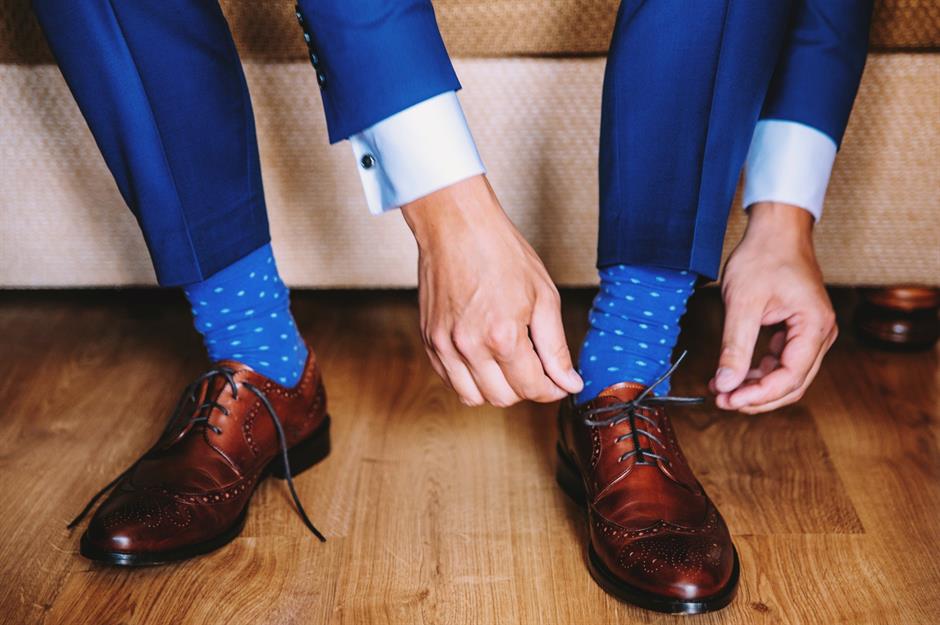
Tip: Avoid noisy accessories
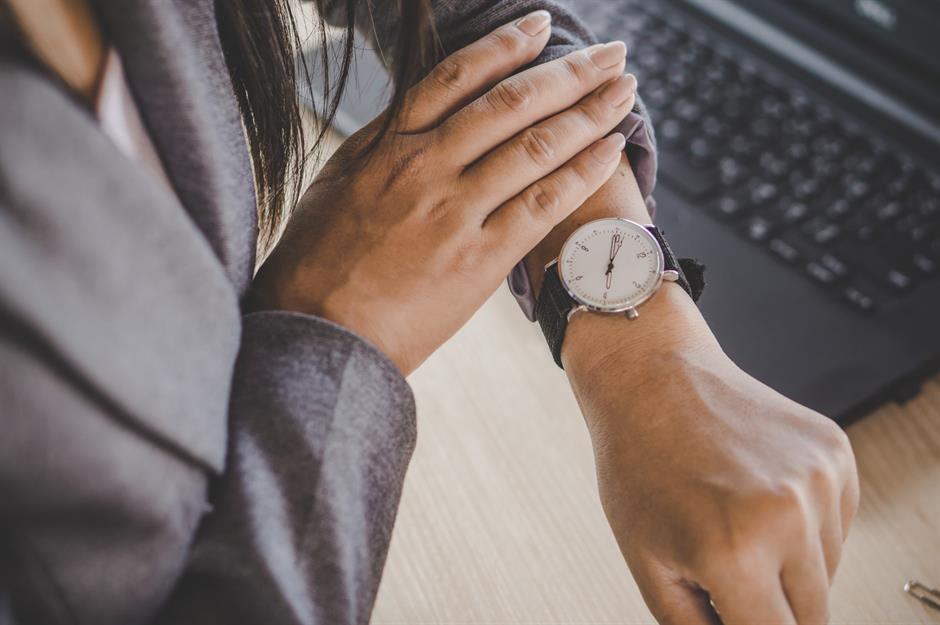
Energy levels

One of the main challenges in doing an interview virtually is that energy levels will naturally be much lower, making it difficult to project the right kind of body language. There are no new surroundings or direct contact with different people to give you that adrenaline and testosterone boost. So how can you ramp up those energy levels?
Tip: Don't slump over your notes
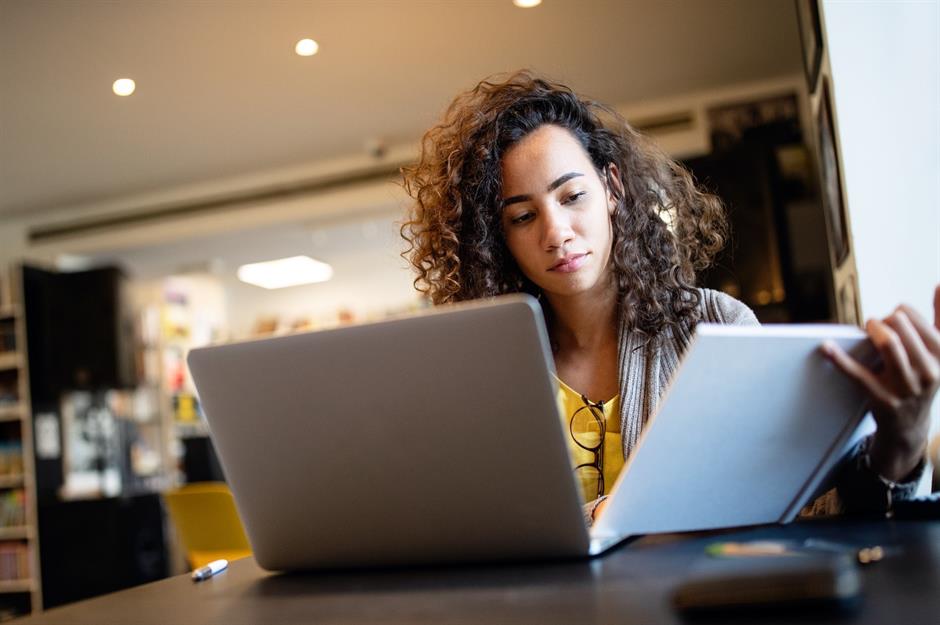
Tip: Power pose

One trick for reducing stress levels pre-interview is striking the power pose. Stand with your head up, hands on hips, and feet hip-width apart, with closed eyes. Smile to yourself and reflect on a time you felt your most confident. “Get into those feelings, and stay in that pose and frame of mind for two minutes,” recommends India. “Within that time, the stress hormone cortisol will go down by over 20%, and testosterone, which is our confidence-boosting hormone, goes up by 25%. This pose is a very quick and powerful way to regulate these hormones that affect us all the time.”
Tip: Just get moving

If the power pose isn’t for you, any activity that involves movement can have a similar impact on your hormones. Whether it’s jumping on the spot or dancing around the room, just get those energy levels up before you sit down to face the interviewer. “We want to project an energy that is open and engaging. In a face-to-face meeting you have so many opportunities to project that energy – an interviewer comes to meet you, they see how you walk and move. In a virtual interview you’re just a static person sitting at a desk. This is a great way to get yourself into that state of mind."
Posture
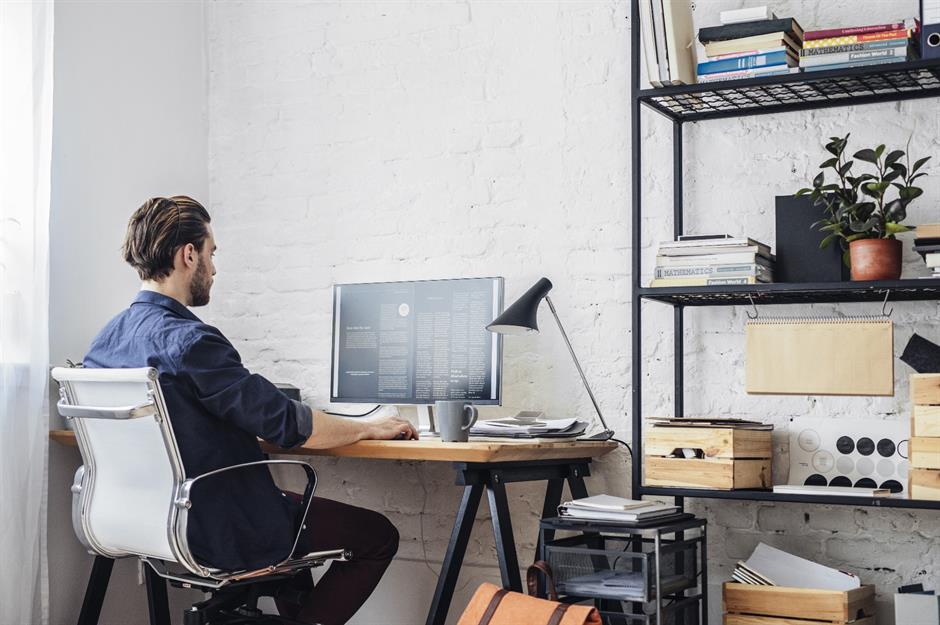
Tip: Sit at a desk

Tip: Sit back

Tip: 'Squeeze an orange' between your shoulder blades

Tip: Keep your chin parallel to the floor

Head positioning can also say a lot about you, and keeping your chin parallel to the ground will create a positive impression. “If your head is too far back, it looks like you’re looking down at people, making you look very arrogant. If you start pushing your head too far down you will look submissive, as though you’re lacking in confidence – this looks as if you’re hiding your neck, which is what we do when we feel vulnerable.” You might need to adjust the position of your screen or laptop for this one, but to show confidence and credibility make sure you keep that chin at a steady angle.
Tip: Don't sit like a T-rex

Facial expressions

Our resting expressions, or "screensaver faces", are rarely inviting and, particularly in anxiety-inducing situations, they can appear angry or bad-tempered. A first impression is made in just 1/10th of a second, and if that resting face is the first sight an interviewer sees, their initial thought won't be that you're the one for the job. So how do you get it right when it comes to your facial expressions?
Tip: Smile more

Tip: Mirror their body language
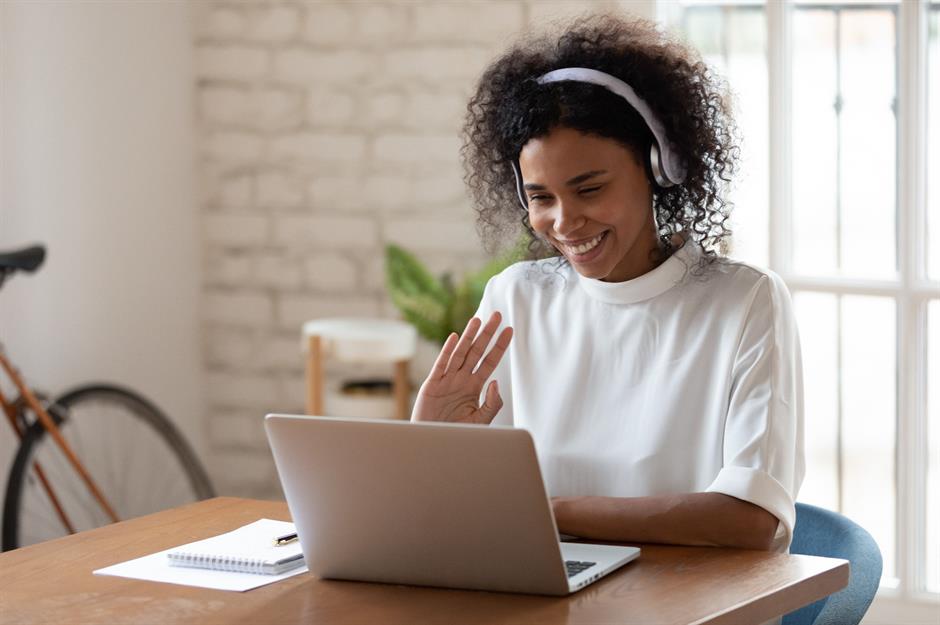
Eye contact

Tip: Look directly into the camera
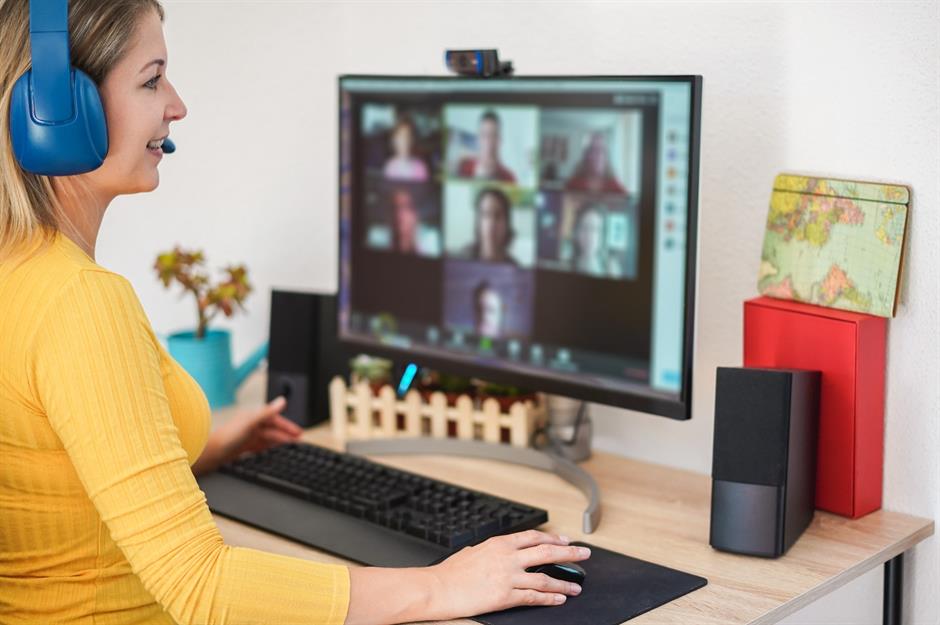
Tip: Don't look at yourself
.jpg)
Using your hands
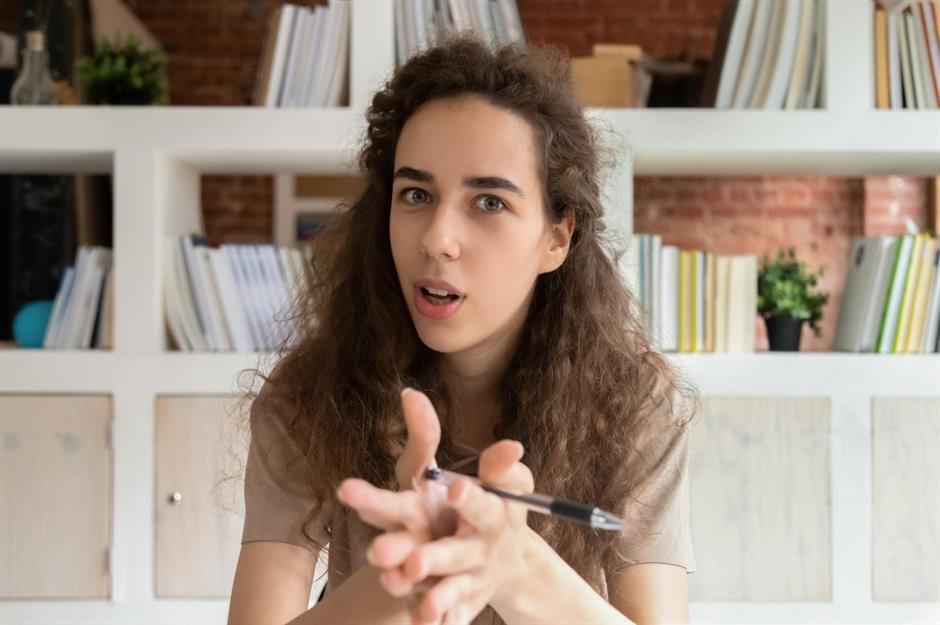
Fidgeting can happen in any anxiety-inducing environment, and as the nerves creep in the body brings in “self-pacifying” behaviours such as touching your face or neck and wringing your hands to try and calm itself down. But it doesn’t come across well in an interview. “On screen it will be amplified and will destroy all credibility. It’ll also raise red flags in the other person’s mind as they’ll wonder why you’ve suddenly started fidgeting.” But there are ways to use your hands effectively in an interview…
Tip: Keep your hands in view

Tip: Gesture to emphasise points
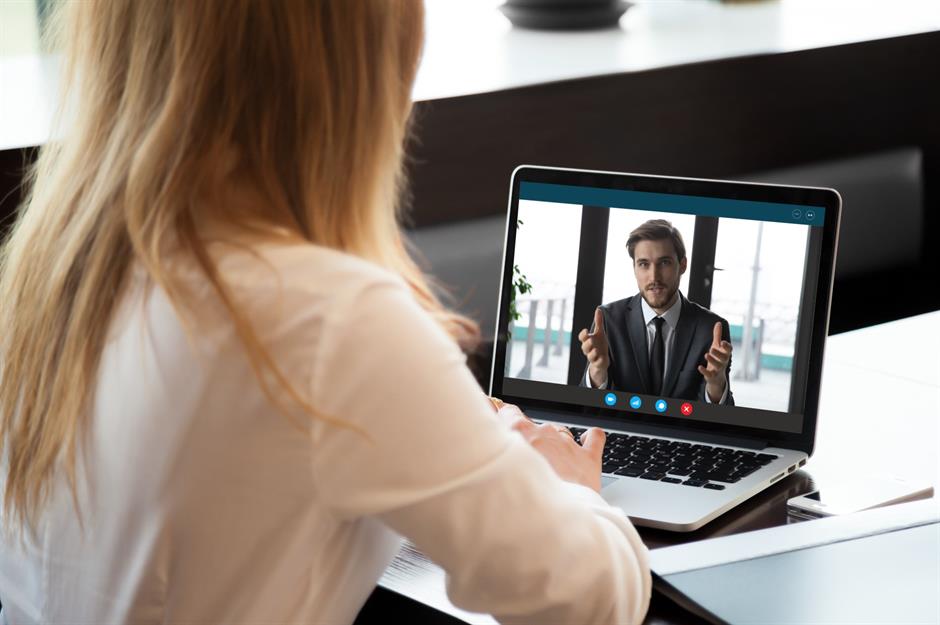
Tip: Clasp your hands

Tip: Keep both feet on the ground
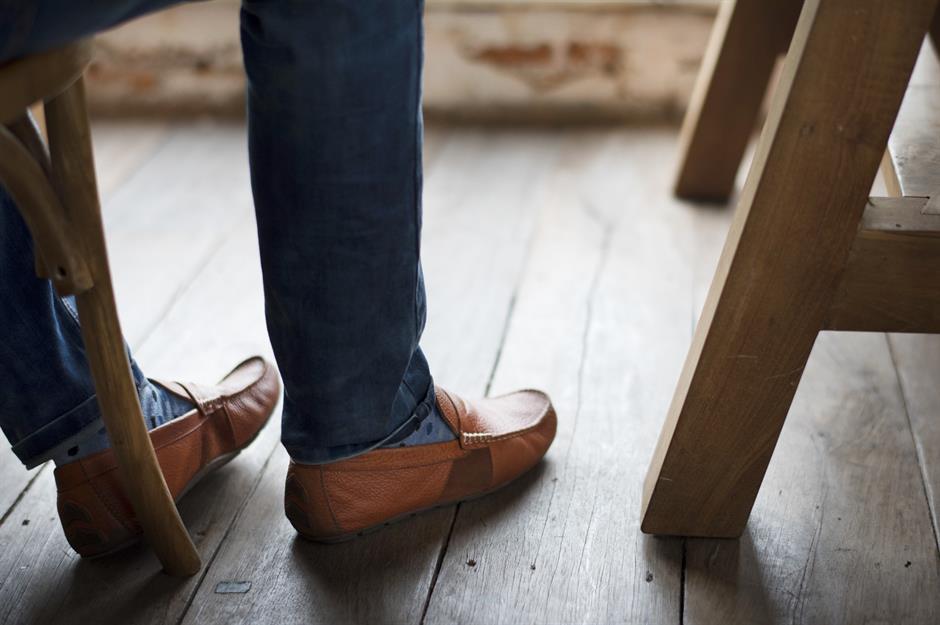
Being engaged

Tip: Nod your head
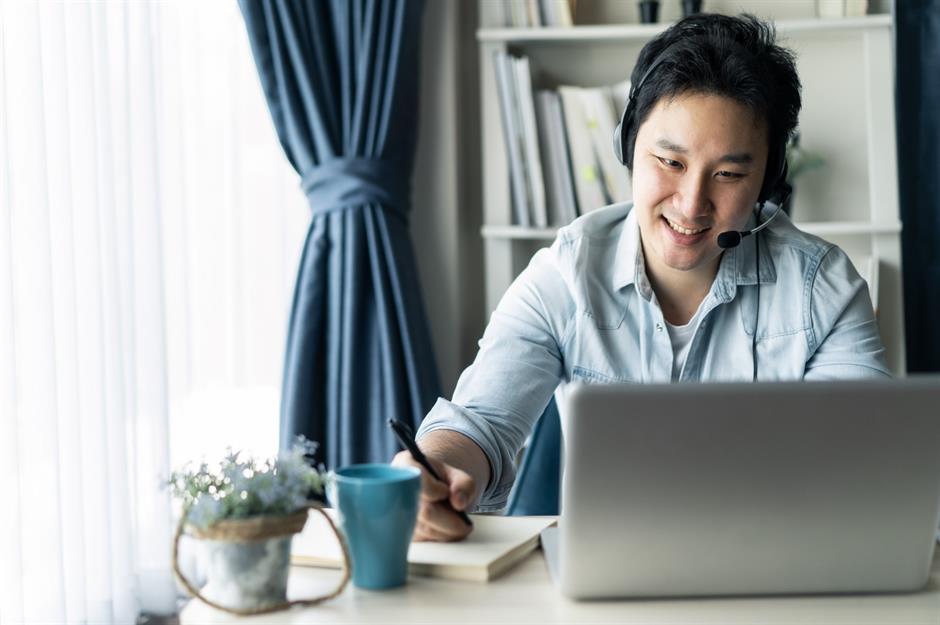
Nodding your head is a good rapport-building gesture, and two or three slow nods will say that you hear, understand, and agree with the speaker, which are all sentiments you want to get across during an interview. “If you’re speaking to somebody and they’re sitting there with their head vertical, not moving at all, you just assume that they’re not paying attention, so the head nod is a really good way to draw people in,” says India.
Tip: Lean in

Ending on a high

Tip: Don't rush
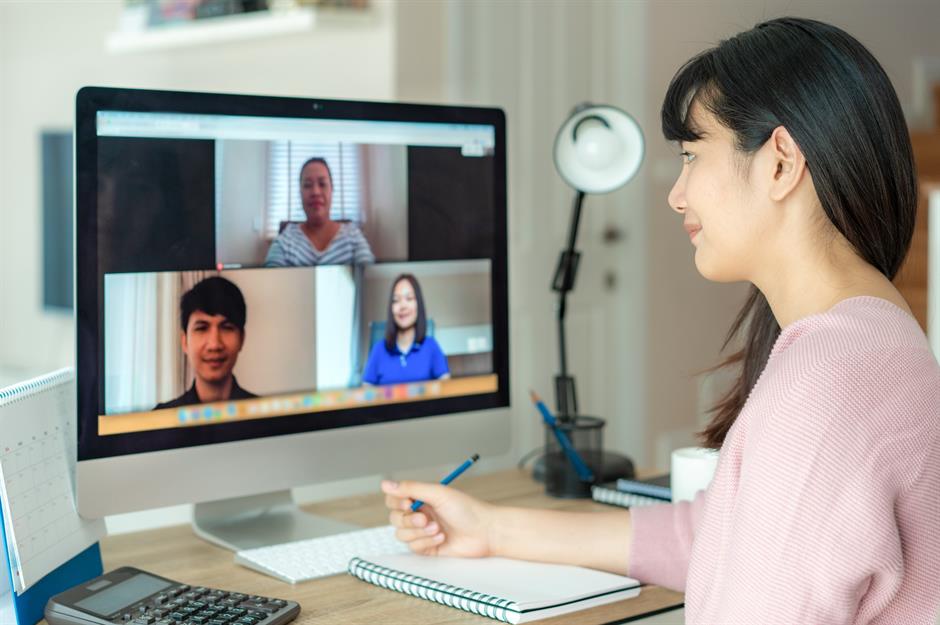
Tip: End on a light note

With a virtual interview, we miss out on one of the most important rapport-building gestures: the handshake. But you can make light of the situation. “You could even do a bit of a joke,” suggests India. “You could put out your hand and say ‘nice to meet you’. If the interviewer is laughing, that’s a very good sign.”
Tip: Remember names
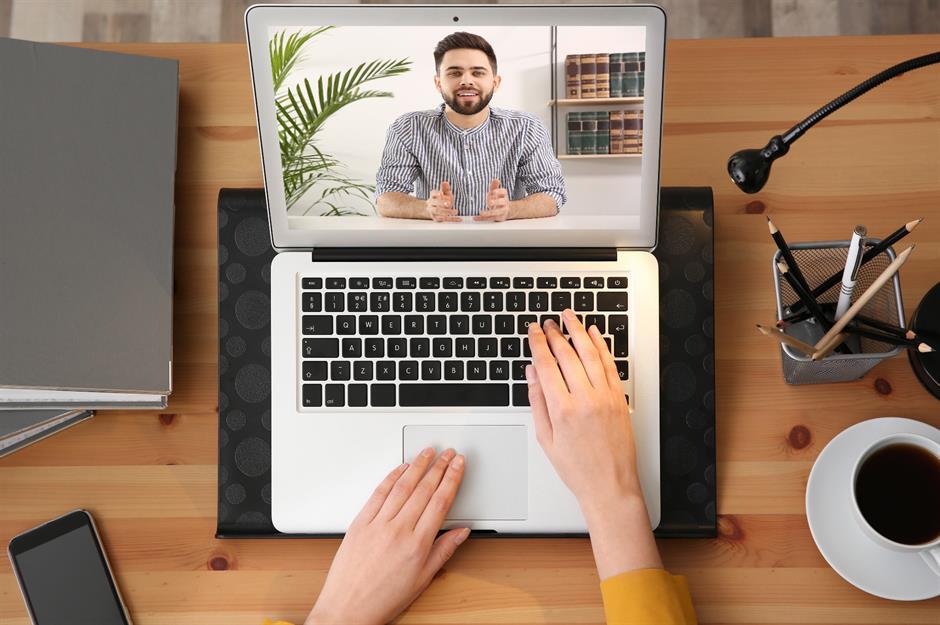
Tip: Smile until the end

Smiling is integral throughout the interview, and you want to ensure it’s the final facial expression a potential employer sees, even if you’re having to fumble a little to find the “leave meeting” button. “There’s nothing worse than putting on a smile that's a quick on-off expression, as that looks very inauthentic. Make sure you maintain that relaxed, open, engaging facial expression as the last impression, rather than your screensaver face,” recommends India.
Practice makes perfect

All of these tips are excellent ways to improve your performance in a virtual interview, but they’re not necessarily habits you can learn overnight. Most people focus on what to say and will be busy creating all of the narrative and preparing for questions – this is all very well, but you also need to put some time aside to practice all of the non-verbal answers you'll be giving off throughout the interview.
Tip: Film yourself
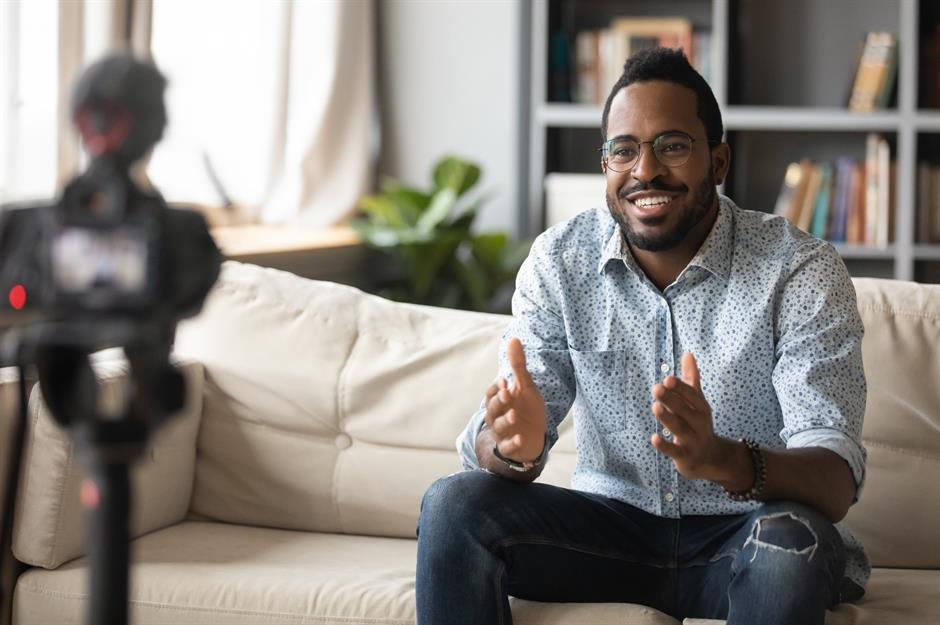
Very few people enjoy watching themselves on camera, but it’s the best way to see what you’re doing right and how you can improve. “Most people are pretty horrified when they see themselves,” India admits, “but if it’s really important that you get this job, then make that effort and put the time in to see how you come across and how you can best work through the virtual medium.” Check the lighting, how you look on screen, and whether or not you’re ticking all the boxes when it comes to projecting good body language.
Tip: Get your friends involved
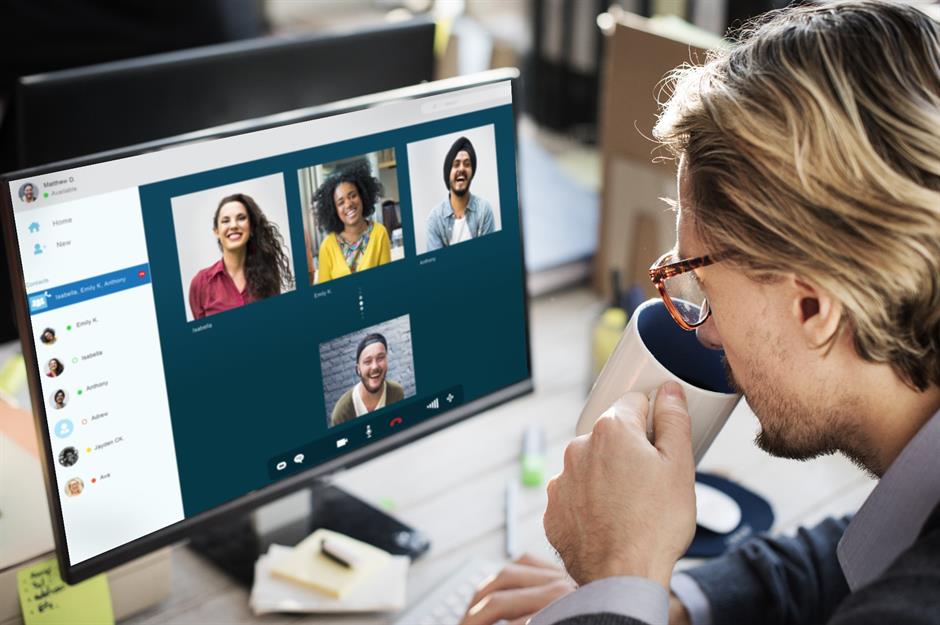
You’re only going to get one shot at an interview, so why not practice with friends before the real thing? “Do a virtual meeting with your friends. Practising is the only way you’re going to get used to it, and it's worth doing as this format will likely be around for the foreseeable future,” says India. Even better: record your practices and watch those back too, either by capturing the screen or getting a friend to record you. This will also help you make sure your technology works and you're in a quiet enough environment.
Tip: Smile at yourself

Acing that social smile is key for success both in your personal and professional life, so it really is worth making sure you get it right. “It doesn’t have to be a 70s gameshow host-type smile that’s all teeth, and under no circumstance should it be a stretched, fake, oblong smile. In front of the mirror, find that great smile that you can project when you need to connect and create that really good first impression,” suggests India.
Tip: Practice on strangers

When it comes to good body language, you really can practice with anyone. For example, if you’re in a supermarket or a café, try and look people right in their eyes when you say “thank you”. India has a top tip for making this a regular habit: “When you first meet people, look for their eye colour. Just noticing it will force you to look straight into their eyes. You don’t need to remember it, but that instant connection is a great way to build rapport and promotes trust and credibility.” We may have to settle for looking into cameras for now, but getting into this habit will put you in good stead for face-to-face interactions. "These little things can help you get a competitive edge in the business and corporate world, but also in the personal social world."
Expert tips for better video calls for business and pleasure
Final tip: Manage your state of mind
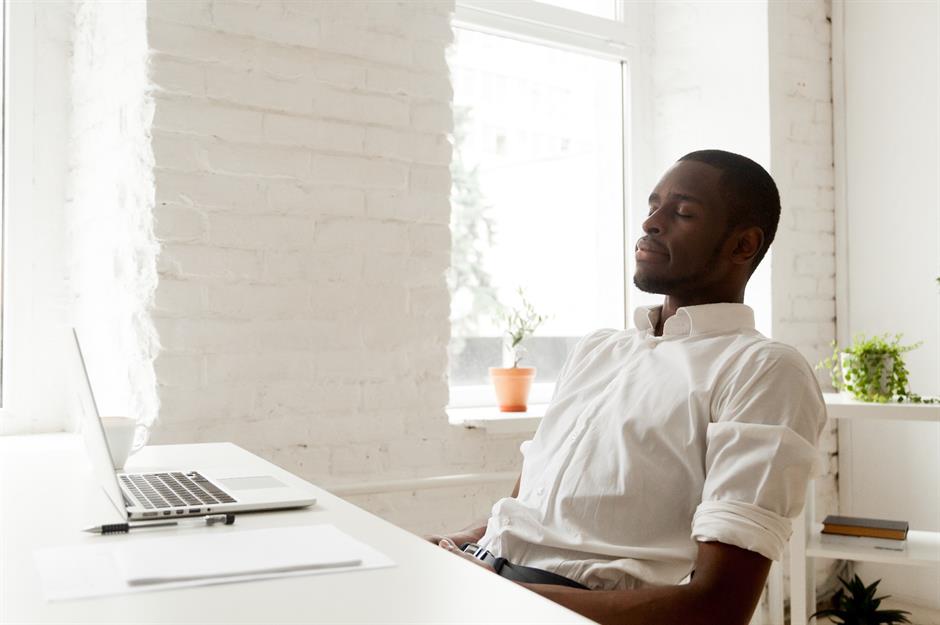
When we are relaxed and happy our body language is naturally good as it just reflects how we are feeling – being able to create that state of calm and confidence in anxiety-inducing environments will naturally lead to better body language. The power pose is perfect for this, but simple breathing exercises can also help you to keep your cool. “If you feel anxiety levels going up, just doing a quick breathing exercise will help. Inhale for three to four seconds, hold for three seconds, and then exhale on four. That will help to relax the entire body.”
India Ford is a UK-based corporate trainer, business consultant and executive coach, and the founder of talkbodylanguage. Her clientele includes global media corporations, top-ranking law firms, heads of state, and leaders of multiple Fortune 500 companies.
Comments
-
REPORT This comment has been reported.
-
 Sideways Owl
Sideways Owl
14 January 2021Looking into the camera was already mentioned. This is easier if your camera is at eye level. If you have a separate camera, sit it on top of the monitor, or even rig it up on a mini tripod so that the camera is right in the centre of the screen. It's more important for the interviewer to see you at your best than for you to see their chin. If your camera it built into your laptop or tablet, raise it to eye level on some books or boxes.
REPORT This comment has been reported.4
Do you want to comment on this article? You need to be signed in for this feature
14 January 2021